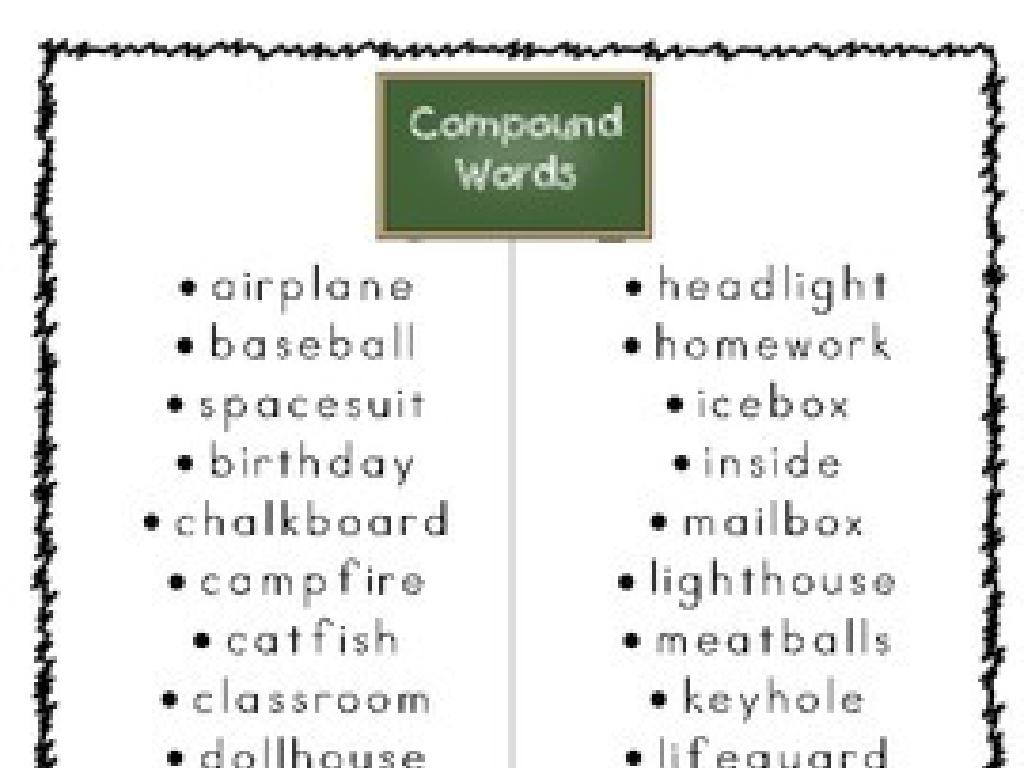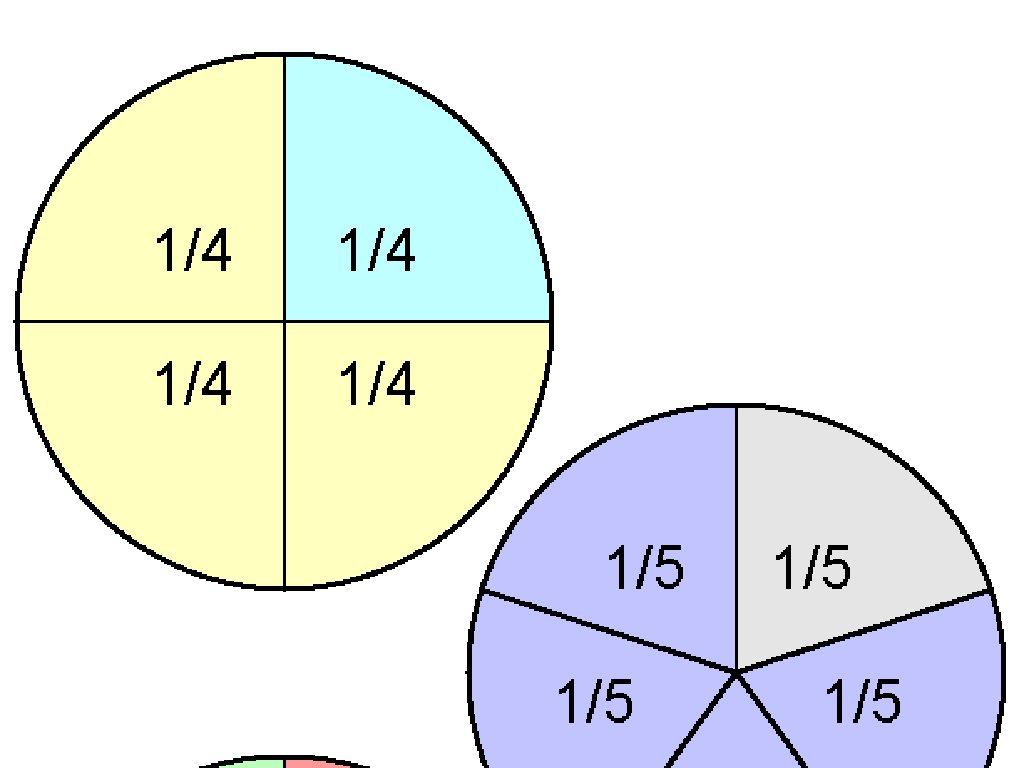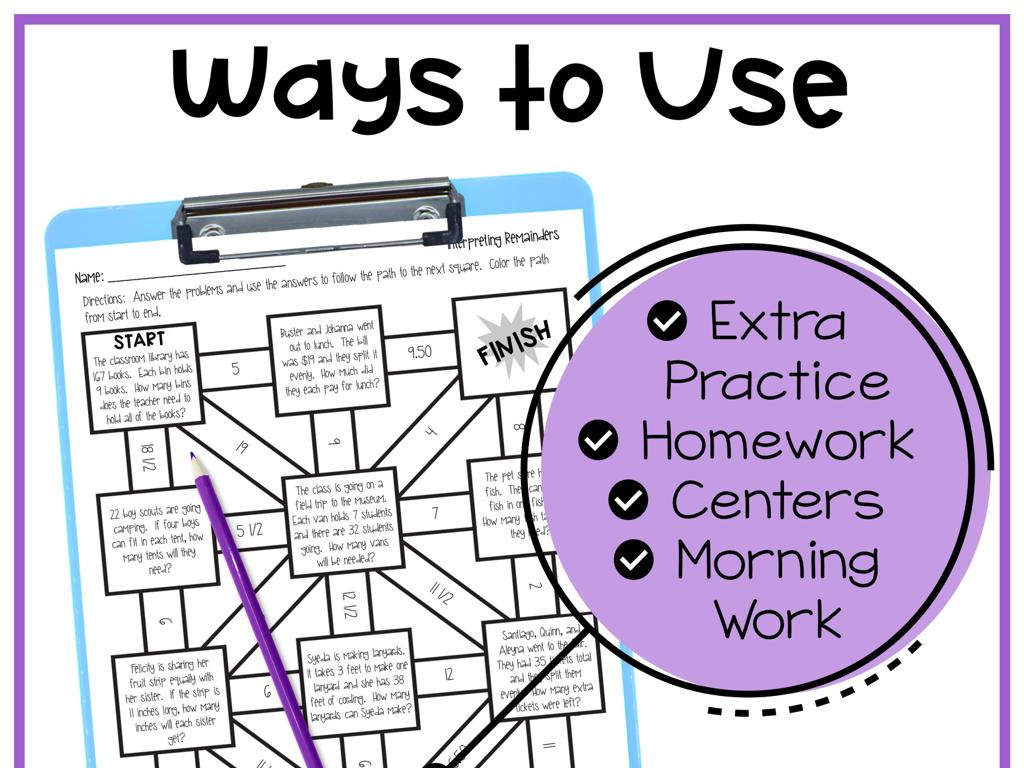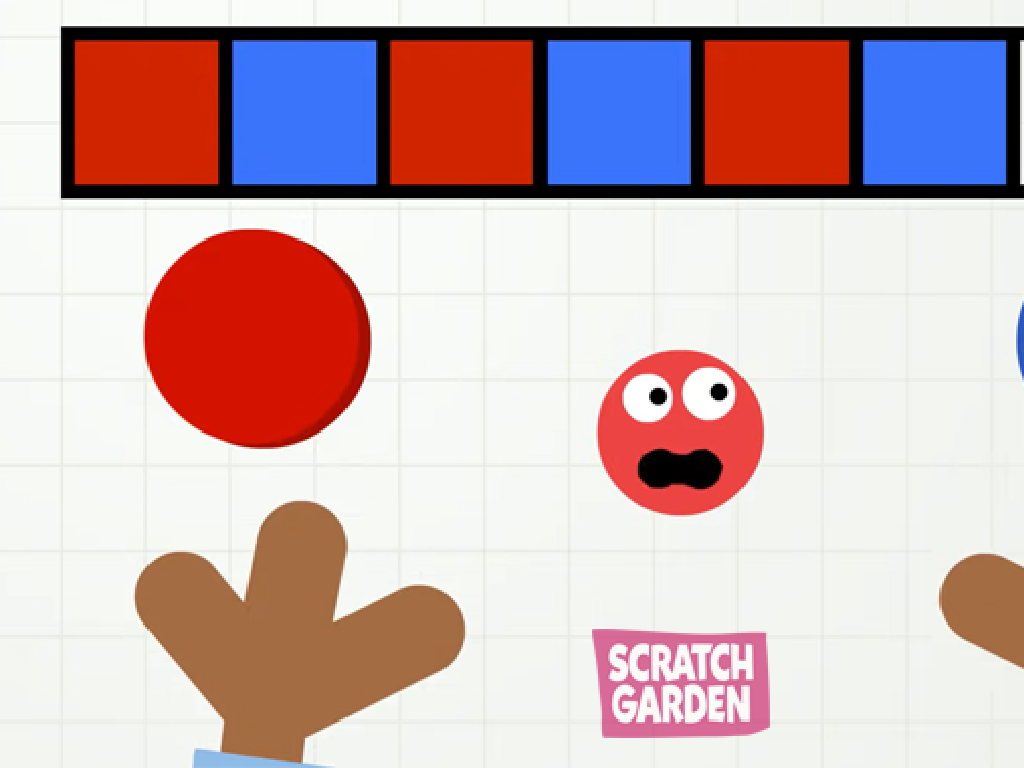Comparing: More Or Fewer?
Subject: Math
Grade: First grade
Topic: Comparing Up To 10
Please LOG IN to download the presentation. Access is available to registered users only.
View More Content
Welcome to Comparing Numbers!
– Learn to compare numbers
– Comparing helps us see which number is bigger or smaller
– Understand ‘more’ and ‘fewer’
– ‘More’ means a larger amount, ‘fewer’ means a smaller amount
– Become a number comparison expert
– Use objects like apples or toys to practice comparing
|
This slide introduces first graders to the concept of comparing numbers up to 10. Start by explaining that comparing is just like looking at two different things to see which one has more or less. Use tangible examples like fruits or classroom items to illustrate the concept of ‘more’ and ‘fewer’. Encourage the students to participate by asking them which group they think has more or fewer items. This interactive approach will help them grasp the concept of comparison and become confident in determining which of two numbers is greater or lesser.
Understanding ‘More’ in Comparing Numbers
– ‘More’ means a larger amount
– When you have ‘more’, you have a greater number than someone else.
– Comparing cookies: who has more?
– If you have 5 cookies and your friend has 3, you have more cookies.
– Counting to find ‘more’
– We can count items to see which group has more.
|
This slide introduces the concept of ‘more’ to first graders by relating it to a tangible example, such as cookies. It’s important to use real-life examples that children can easily understand and visualize. Start by explaining that ‘more’ indicates a greater number or amount of something. Use visual aids like pictures of cookies to help them compare two groups. Encourage the students to practice by counting items in different groups to determine which has more. This activity can be interactive by having students count aloud together or by using physical objects in the classroom.
Understanding ‘Fewer’
– ‘Fewer’ means not as many
– Comparing balloons with a friend
– If your friend has 8 balloons and you have 5, you have fewer.
– Counting to find who has fewer
– Use counting to see the difference in amounts.
– Fewer is less than another amount
– Fewer balloons means a number less than what your friend has.
|
This slide introduces the concept of ‘fewer’ to first graders by relating it to a tangible example such as the number of balloons one may have compared to a friend. The goal is to help students understand that ‘fewer’ refers to a smaller quantity. Start by explaining the term, then use a relatable example like comparing balloons to illustrate the concept. Encourage the students to practice by counting objects to determine who has fewer. Reinforce the idea that ‘fewer’ is always a smaller amount compared to another. During the lesson, engage the students with hands-on activities where they can count items in groups to visually grasp the concept of ‘fewer’.
Comparing with Objects
– Compare using everyday items
– Use toys, fruits, or fingers to learn
– Count to find more or fewer
– Which group has more? Which has fewer?
– Practice with examples
– Example: 3 apples vs. 5 apples, which is more?
|
This slide introduces the concept of comparison to first graders by using tangible objects like toys and fruits, which makes the abstract concept of ‘more or fewer’ concrete and understandable. Start by explaining that comparing means finding out which group has a larger or smaller number of items. Demonstrate with real objects or pictures, showing two groups and counting each one. Then, ask the students to practice by comparing different sets of items, guiding them to count carefully. Encourage them to articulate their thought process and the results they find. This activity will help them grasp the concept of comparison and prepare them for understanding more complex mathematical concepts.
Comparing Apples and Oranges
– Count the apples
– There are 5 apples in total
– Count the oranges
– Look, there are only 3 oranges
– Which has more?
– Which has fewer?
|
This slide is designed to help first graders understand the concept of comparing quantities using familiar items like apples and oranges. Start by having the students count the number of apples, then the number of oranges. Ask them to determine which group has a larger number (more) and which has a smaller number (fewer). Reinforce the concept that ‘more’ means a higher quantity and ‘fewer’ means a lower quantity. Encourage the students to use their fingers to count and visually compare the groups. This activity can be made interactive by bringing actual fruits into the classroom or using visual aids. The goal is to make the concept of comparison tangible and relatable for young learners.
Comparing Quantities: More or Fewer?
– Compare using numbers
– Bigger numbers mean more
– If you have 8 apples and I have 5, you have more because 8 is bigger than 5.
– Smaller numbers mean fewer
– If you have 3 candies and I have 6, you have fewer because 3 is smaller than 6.
– Practice with examples
|
This slide introduces the concept of comparing quantities using numbers for first graders. It’s important to emphasize that the size of the number determines if there is ‘more’ or ‘fewer’ of something. Use concrete examples like apples and candies to illustrate the point since tangible items are easier for young children to understand. Encourage the students to think of their own examples and share them with the class. This will help solidify their understanding of the concept. For the practice examples, use simple numbers that add up to 10 or less to keep within the lesson’s scope.
Number Line Fun: More or Fewer?
– Number lines show more or fewer
– Right side numbers are more
– Numbers increase as we move right
– Left side numbers are fewer
– Numbers decrease as we move left
– Let’s compare numbers on a line!
|
This slide introduces first graders to the concept of comparing quantities using a number line. Explain that a number line is a visual tool that helps us understand the order and value of numbers. Emphasize that as we move to the right on the number line, the numbers get larger, which means ‘more.’ Conversely, moving to the left indicates ‘fewer’ because the numbers get smaller. Encourage students to practice by placing different numbers on a number line and comparing them. Activities can include identifying which of two numbers is greater, or placing a set of numbers in order from fewest to most using a number line.
Class Activity: More or Fewer Game
– Play the ‘More or Fewer’ game
– Receive cards with numbers and objects
– Cards will have different numbers of items
– Compare with classmates
– Decide if your card has more or fewer items than your friend’s card
– Explain your findings to the class
– Share why one card has more or fewer with everyone
|
This interactive game is designed to help first graders understand the concept of comparing quantities. Distribute cards with various numbers of objects to the students and instruct them to pair up with classmates to compare their cards. They should determine which card shows ‘more’ and which shows ‘fewer’ objects. Encourage them to use counting as a method to compare accurately. After comparing, each student will explain their reasoning to the class, reinforcing their understanding and communication skills. Possible variations of the activity could include grouping objects by color, size, or type to add layers of complexity.






